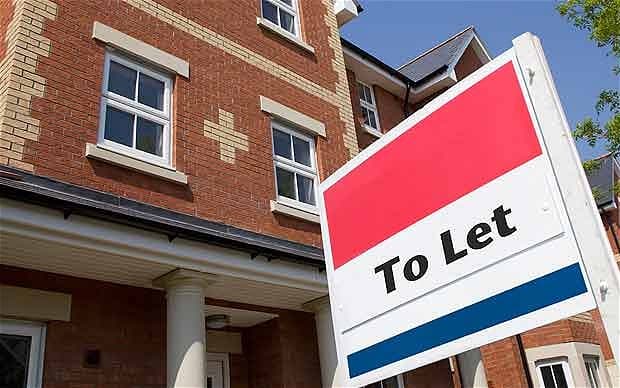In the busy market of renting, many landlords are turning their properties to HMOs, particularly in student cities. There is a widespread belief that Houses of Multiple Occupancy provide the greatest ROI. With new tax changes introduced in April, this approach to housing is being pushed further as a solution to dwindling returns in the market, but is it true?

Risk vs Benefit Analysis
There is no single stock “yes” or “no” answer. Your risk analysis will vary depending on where you are in the country, where within the town or city your property is located, rental yields, competitiveness of the market and a range of other factors. Renting in student urban centres provides a guaranteed flow of willing tenants, but there are problems.
We also know that HMOs provide higher levels of income than setting is aside as a home for a single family; this counts more so for student property. However, when landlords modify their property to become an HMO they often do not consider the risks involved, the greater red tape and cost that goes along with it. Most local authorities now have mandatory licensing in place increasing red tape and the costs.
The Harsh Reality for Student HMO Property Owners
While HMOs increase the amount of rental income, is does not necessarily translate as higher yields even with reliable groups of tenants such as students. Landlords should consider the lay of the land where their property is – for the city and for the area within the city, considering the level of competition.
Most HMOs (student or otherwise) yield anything between 9% and 15% according to most reports. While this seems attractive in the first instance, the extra and sometimes hidden costs involved will eat into that. This will be especially true with student property as there is a small window of opportunity to rent it out. Unlike the general population market, new renters are not looking for property throughout the year but typically from January to about April. Anything after this period tends to be stragglers or the smaller number of postgraduate students.

Questions to Consider
Deciding to convert your property to student HMO comes with risks and questions.
- Does the projected higher yield take the extra costs involved with HMOs?
- Does the projected higher yield take the competitive short window involved in student HMOs into account?
- Have you considered the red tape?
- Are you willing to invest in the property along with the expectations of the modern student?
- Are you able to invest the extra time and effort in safety standards required of HMOs?
- Is there enough of a market for student HMOs in the area (is it already saturated or is it an area with no student market for good reason?)
There are potentially higher yields with student property, but as with everything, it requires shrewd investment.